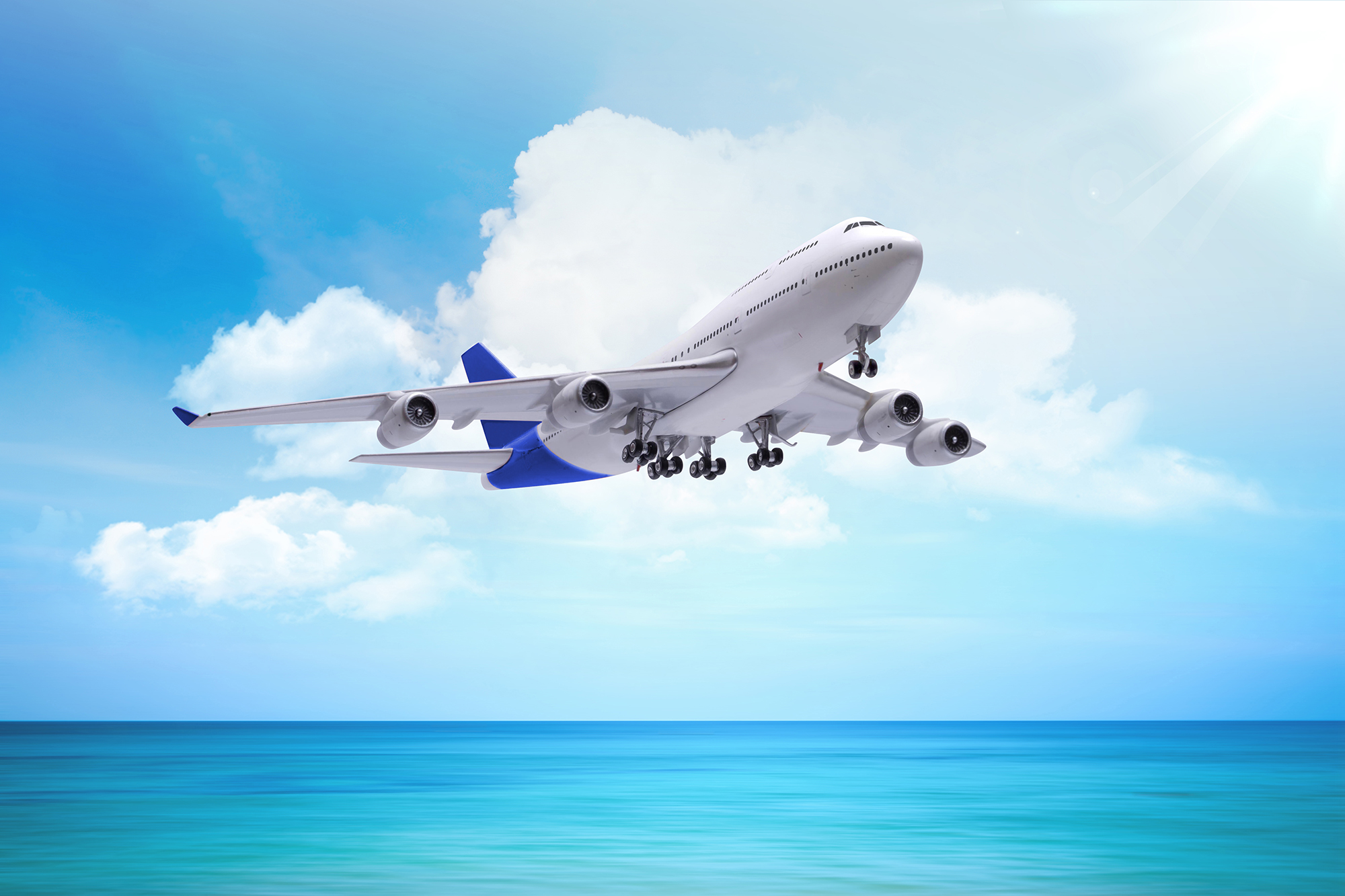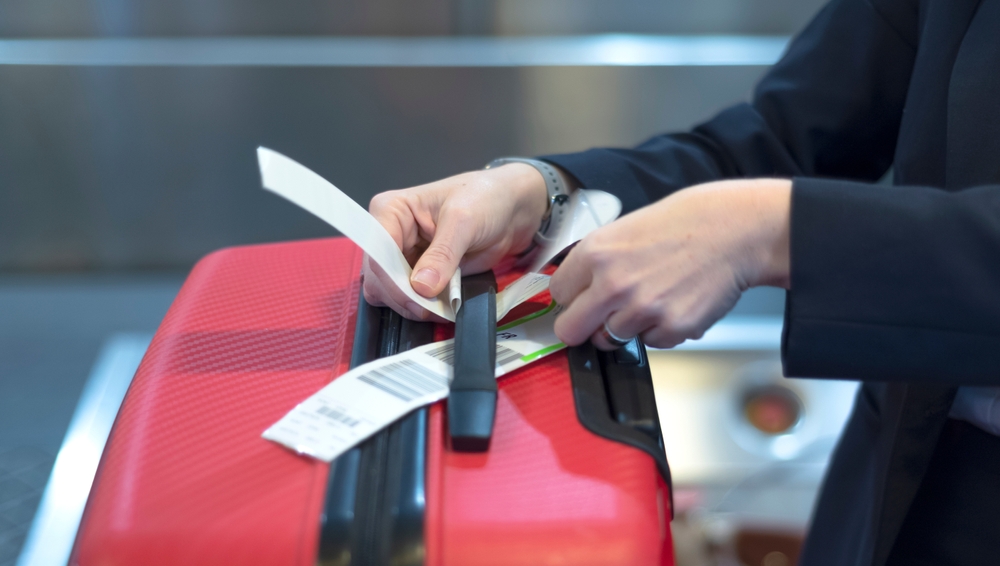If you’ve ever checked a flight in the morning and returned later to see a different price, you’ve experienced firsthand how airfares can fluctuate within the same day. These mid-day changes aren’t random—they’re the result of a complex interplay of demand, availability, and algorithms. Understanding these factors can help you find good deals and avoid overpaying for flights.
How Often Do Airlines Change Airfares?
Airlines update their fare information three times a day, and while they don’t always change prices during every update, fluctuations can and often do occur. In fact, a single seat on a domestic flight can change price up to 35 times before departure! These adjustments reflect real-time booking trends, demand shifts, and inventory availability.
Factors Driving Mid-Day Airfare Fluctuations
- Flight Demand – Airfare prices often reflect how many people are actively booking a flight. Airlines categorize seats into fare buckets, each representing a price tier:
- Example: An airline may sell the first 20 seats at $130, the next 20 at $155, and the next at $170.
- As travelers purchase seats, the lower buckets sell out, causing prices to rise. Conversely, if cancellations occur or sales lag, airlines may reopen lower buckets to entice more bookings.
This continuous adjustment means that the price you see now might not be the same an hour later.
- Flight Availability – The pandemic reshaped the airline industry, reducing capacity as airlines laid off staff and reduced routes. While demand has since rebounded, the supply of flights hasn’t fully caught up, creating a bottleneck that pushes prices higher. Limited flights and full planes make fare fluctuations more common, especially during peak travel periods like summer and holidays.
- Dynamic Pricing Algorithms – Before the pandemic, airfare pricing was largely automated, driven by algorithms that analyzed:
- Booking trends
- Competitor fares
- Seasonal demand
These systems updated prices in real time, often multiple times a day. However, the pandemic introduced unprecedented variables, leading airlines to rely more on manual pricing. While automation is making a comeback, human oversight still plays a role, adding an extra layer of unpredictability.
- External Factors – Events beyond the airline’s control can also impact prices:
- Geopolitical Issues: Political tensions or natural disasters can affect routes and demand.
- Health Crises: COVID-19 led to sudden flight cancellations and unpredictable demand, causing extreme price volatility.
As these factors evolve throughout the day, airlines adjust fares accordingly.
Why Does the Same Seat Have Multiple Prices?
Airlines typically offer 10–15 fare options for a single seat on a flight. These prices vary depending on factors like:
- Advance Purchase: Lower fares often require early booking.
- Flight Restrictions: Cheaper tickets may come with limitations, such as non-refundable terms or travel on specific days.
- Booking Activity: If hundreds of people are searching for the same route, lower-priced seats may sell out faster, driving prices up.
This explains why one traveler might pay significantly less for the same flight than another.
Can Airfares Drop During the Day?
While the general trend is for fares to rise as departure approaches, there are exceptions:
- Reopened Fare Buckets: Airlines occasionally release seats in lower fare categories to stimulate bookings.
- Last-Minute deals: On underbooked flights, airlines may temporarily lower prices to fill seats.
This means airfares can drop during the day, but such opportunities are often short-lived.
How to Get Our Best Airfare
- Start Searching Early – Begin your flight search early to understand price trends and identify a “good” deal. Domestic flights are often best booked 1-3 months in advance, while international flights require 2-8 months of lead time.
- Consider Alternative Airports – Flying from or to a nearby airport can sometimes save you hundreds of dollars.
- Watch for Promotions – Stay alert for airline deals, and take advantage of promotional fares.
Yes, airfares really do fluctuate throughout the day. These changes are driven by a mix of demand, availability, and real-time pricing adjustments. To secure great deals, use fare-tracking tools and remain flexible with your travel plans. Armed with these strategies, you can navigate the dynamic world of airfare pricing and book your next flight with confidence!
Frequently Asked Questions
Q: How much do airfares change throughout the day?
Ans. A single seat on a flight can change prices multiple times in one day due to demand shifts, availability adjustments, and algorithmic updates.
Q: Is airfare cheaper at night?
Ans. While not guaranteed, late-night or early-morning searches may yield better deals as airlines release unsold inventory.
Q: Can I predict airfare fluctuations?
Ans. Though not foolproof, fare-tracking tools and historical data can provide insights into price trends.
Q: Are airfares more expensive on weekends?
Ans. Generally, yes. Weekends often see higher airfare prices because of increased demand from leisure travelers. Tuesdays and Wednesdays are typically the cheapest days to book and fly.






